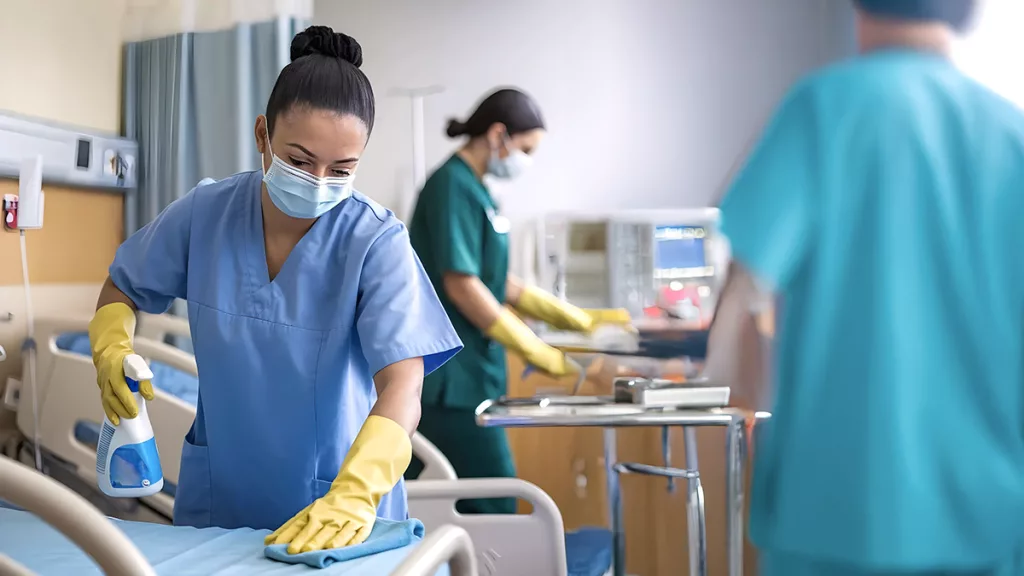Medical Equipment Supplies in Hospital Rooms for Patient Satisfaction
The quality of medical equipment in patient rooms is paramount for enhancing the patient experience and supporting the care team. For hospital administrators, facility managers, and charge nurses, ensuring that patient rooms are equipped with high-quality medical equipment is a foundational step in optimizing care and operational efficiency.
Let’s explores the essential equipment needed in patient rooms, the role of technology, and best practices for equipment selection and maintenance. We’ll also touch on the future of medical equipment and its trends, ensuring your facility remains at the forefront of healthcare innovation.
The Role of High-Quality Medical Equipment
Medical equipment is not just about fulfilling a checklist; it’s about enhancing patient care. The right tools can significantly influence patient outcomes, offering comfort, reducing recovery times, and even saving lives. High-quality equipment ensures that healthcare providers can perform their duties effectively, and it also enhances the overall operational efficiency of the hospital. In an industry where time and accuracy are critical, investing in reliable equipment is non-negotiable.
Yet, the challenge lies in balancing quality with budget constraints. Hospitals must weigh the cost against the potential benefits to patient care and hospital reputation. Equipment that meets regulatory standards and has a proven track record of reliability can be a game-changer, making it a crucial consideration for hospital administrators.
Essential Medical Equipment for a Patient Room
Bed and Mattress Essentials
A hospital bed is more than just a place to sleep. It’s an integral part of a patient’s recovery process. Ergonomically designed beds with adjustable features and high-comfort mattresses can significantly enhance patient safety and recovery. These beds help prevent pressure sores and allow for easy adjustments to meet various medical needs, such as respiratory support or post-surgical positions.
In prioritizing patient comfort, hospitals must consider beds that adapt to diverse patient needs. High-quality mattresses ensure proper weight distribution, reducing the risk of bedsores and enhancing overall patient comfort. Investing in these essentials is a testament to a hospital’s commitment to quality care.
Monitoring Equipment
Continuous monitoring is vital in patient care, making the presence of reliable monitoring equipment crucial. Vital signs monitors, pulse oximeters, and ECG machines provide real-time data that healthcare professionals need to make informed decisions. This equipment ensures patient safety, allowing for immediate response to any changes in a patient’s condition.
For hospitals, having state-of-the-art monitoring equipment can make a significant difference. It not only helps in early detection of potential health issues but also allows for precise tracking of recovery progress. This precision is crucial, especially in acute care settings where minute-by-minute updates can guide life-saving interventions.
Patient Mobility Aids
Mobility is a critical aspect of patient recovery, and providing the right aids can make a significant impact. Wheelchairs and walking aids offer patients the independence they need, encouraging them to move and engage in their recovery actively. These aids are essential in facilitating safe and comfortable movement, promoting faster recovery.
Selecting the appropriate mobility aid involves assessing individual patient needs. Hospitals should have a range of options, from basic wheelchairs to more advanced walking aids, ensuring that each patient receives the right support. This consideration highlights the commitment to patient-centered care.
Hygiene and Sanitation Equipment
Maintaining high hygiene standards is a non-negotiable aspect of patient care. Equipment such as bedpans, urinals, and disinfection stations are essential in preventing infections and promoting a clean environment. Hygienic practices protect not only patients but also healthcare staff, reducing the spread of infections within the hospital.
Hospitals must prioritize easy access to hygiene equipment, integrating them seamlessly into patient rooms. Regular training and stringent protocols ensure that these tools are used effectively, safeguarding patient and staff health.

Best Practices for Equipment Selection and Maintenance
Selection Criteria
Choosing the right medical equipment involves more than just selecting the latest technology. It requires a clear understanding of patient needs and hospital requirements. Hospitals should focus on reliability, ease of use, and cost-effectiveness when selecting equipment. Tailoring equipment choices to specific needs ensures that each patient receives the best possible care.
Maintenance Importance
Regular maintenance checks and protocols are crucial in ensuring the longevity and safety of medical equipment. Hospitals must establish a maintenance schedule that includes inspections, repairs, and updates. This proactive approach minimizes equipment failure, ensuring that devices function optimally when needed most.
By investing in regular maintenance, hospitals can extend the lifespan of their equipment, reducing the need for frequent replacements and ensuring continued patient safety.
The Role of Technology in Improving Patient Care
Integrating Technology
Technology plays a pivotal role in modern healthcare, offering enhanced diagnostic and monitoring capabilities. Integrating advanced technology with medical equipment can lead to significant improvements in patient care. From electronic health record (EHR) systems to advanced imaging devices, technology enhances the precision and efficiency of healthcare delivery.
Ensuring Regulatory Compliance and Safety Standards
Regulatory Overview
Medical equipment must adhere to strict regulatory standards to ensure patient and staff safety. Understanding the guidelines set by regulatory bodies is crucial for hospital administrators. Compliance with these standards not only ensures safety but also enhances hospital credibility.
Compliance Strategies
Hospitals should implement strategies to exceed compliance standards, establishing a culture of safety and reliability. Regular audits, staff training, and updates to equipment and protocols are essential steps in maintaining compliance. By prioritizing safety, hospitals create a secure environment for both patients and staff.
Future Trends in Medical Equipment for Patient Rooms
Emerging Technologies
The future of medical equipment is shaped by emerging technologies that promise to enhance patient care further. Innovations in robotics, AI, and remote monitoring are set to transform patient rooms, offering more efficient and personalized care solutions.
Sustainability Considerations
Sustainability is becoming a key consideration in medical equipment design and usage. Hospitals are encouraged to adopt eco-friendly practices, reducing their environmental footprint while maintaining high standards of patient care. Sustainable equipment not only benefits the planet but also aligns with the growing demand for responsible healthcare.
Digital Boards for In-Patient Room Dedicated Technology
Patient communication is crucial, and digital boards offer a modern solution. These boards enhance patient-provider communication, improve patient satisfaction, and streamline information sharing. Hospitals that invest in digital patient boards demonstrate a commitment to modern, effective patient care.

The Importance of Investing in Custom Dry Erase Boards to Improve Communication
Investing in high-quality medical equipment is a foundational step in optimizing patient care. For hospital administrators, facility managers, and charge nurses, this investment ensures that patient rooms are equipped to meet diverse needs, enhancing recovery and satisfaction. By prioritizing equipment selection, maintenance, and innovation, hospitals can set the standard for exceptional patient care. Explore the options available for custom patient boards at VisiCare and take the next step in revolutionizing your hospital’s patient care experience.
Comments (4)
Comments are closed.



The Rising Role of Electronic Whiteboards in Hospitals | VisiCare
April 17, 2025[…] HCAHPS scores not only enhances patient satisfaction and trust but also delivers significant financial benefits to a hospital’s budget. Electronic […]
Nursing Assignment Boards You'll Actually Use for Your Workflow | VisiCare
April 24, 2025[…] repercussions for patient satisfaction, safety, and overall health outcomes are […]
Nurses Deserve Better Dry Erase Tools to Stay Organized | VisiCare
May 1, 2025[…] Trusted vendors hold their products to rigorous standards, ensuring you receive reliable and durable supplies that meets the daily use […]
Specialized Medical Equipment and Supplies for Veterans in Government Hospitals | VisiCare
May 5, 2025[…] cater to the specific needs of veterans. This approach can lead to faster recovery times, improved patient satisfaction, and better long-term health […]